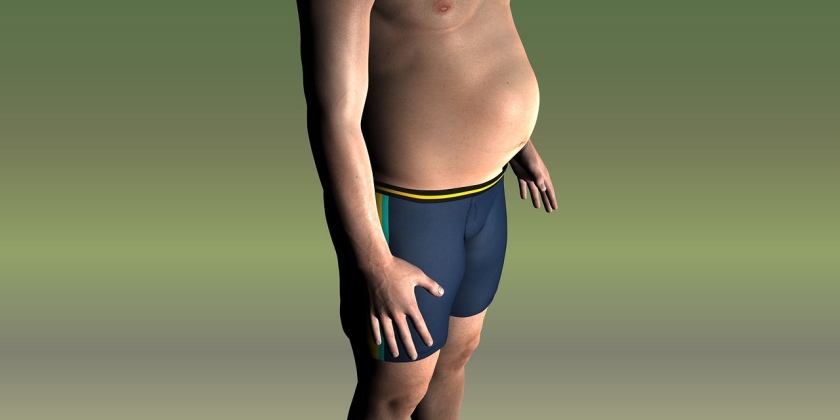8-1168 Belanger Ave,
Ottawa, On, K1H 8A2

Belly fat is harder to lose than fat in other areas of your body.
That’s why you’ve probably noticed that when you diet to lose weight, your upper body is first to shrink while your belly remains more or less the same.
To understand why this is, we need to review how your body actually “burns” fat.
“Burning fat” is really a two-part process:
Releasing energy from fat stores into the blood (lipolysis).
Cells taking those molecules in and utilizing them (oxidation).
This first step, lipolysis, is triggered by chemicals known as “catecholamines,” which include adrenaline and noradrenaline.
Once these chemicals are in your blood, they attach to “receptors” on fat cells (that work much like a lock and key), which causes them to release some of their energy stores (free fatty acids).
These fatty acids are then used as fuel (burned or “oxidized”) by various types of cells in the body, including muscle cells. In fact, well-trained muscle is particularly good at oxidizing fats, which is why it’s easier to lose fat when you have a good amount of muscle.
Now, here’s where we get to the difference between areas of the body where fat stores seem to be “stubborn,” like the belly, versus other areas of the body where fat melts away easily.
The primary difference between “stubborn” belly fat and “regular” fat is it contains a high amount of fat cells with catecholamine receptors that blunt lipolysis.
You see, fat cells have two basic types of catecholamine receptors: alpha and beta receptors.
The physiology gets pretty complicated, but the long story short is beta-receptors accelerate lipolysis and alpha-receptors hinder it.
What this means is fat cells that have more beta-receptors than alpha-receptors are relatively easy to mobilize (they respond favorably to catecholamines), whereas fat cells that have more alpha-receptors than beta are not (they don’t respond favorably to them).
This is the basic problem with belly fat, and all other forms of “stubborn fat“–the ratio between beta- and alpha-receptors is heavily weighted toward alpha, which means that catecholamines can’t trigger lipolysis as easily.
Thus, when you’re losing fat, you see immediate reductions in fat cells with a large number of beta-receptors, but little change in fat cells with a large number of alpha-receptors.
For most of us, this means rapid fat reduction in places like our arms, shoulders, chest, face, and legs, and slower reductions in our stomachs, hips, lower back, and thighs, which have high concentrations of stubborn fat cells.
So, if that’s the science of belly fat, how do we get rid of it?
Belly fat may be stubborn…but it’s not completely immune to the fat-burning effects of catecholamines.
What that means is when you gradually reduce your overall body fat percentage, you will lose belly fat…it’ll just be slower than you’d like.
Your primary goal when you want to lose belly fat is to simply reduce your body fat percentage.
The bottom line is if you’re a guy over 10% body fat or a girl over 20%, you’re going to have a fair amount of belly fat to lose if you want to have skin-tight abs. That look requires 7 to 8% body fat in men and 17 to 18% in women. There’s just no way around it.
And that’s why you don’t necessarily need to do anything special to lose belly fat.
Maintain a moderately aggressive calorie deficit, balance your macronutrient intake, use weightlifting to preserve (and even build) muscle while you lose fat, and you’ll eventually have that washboard stomach.